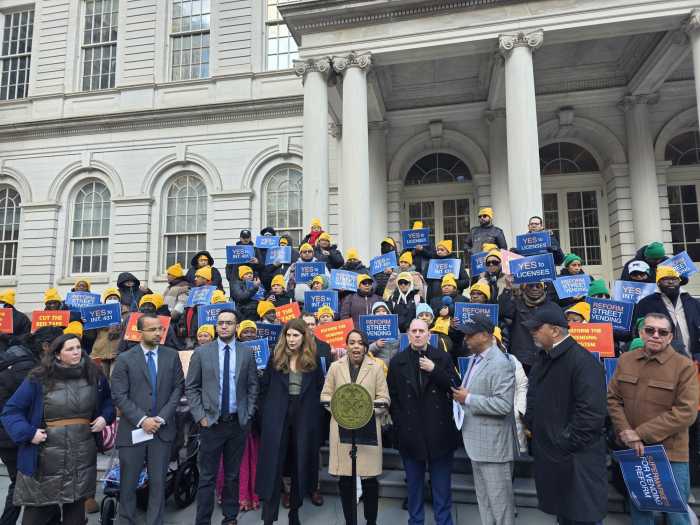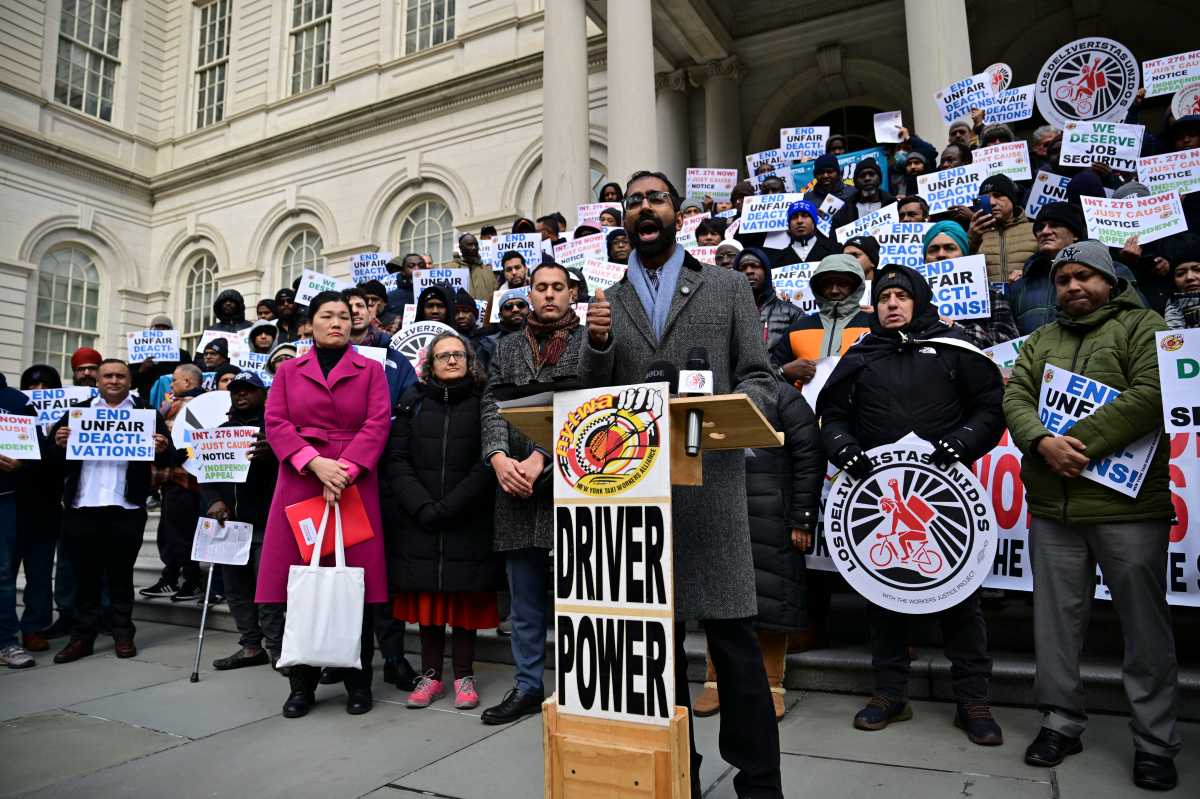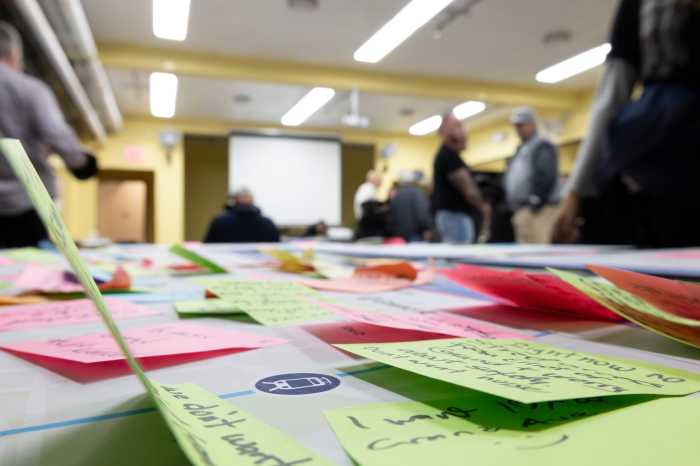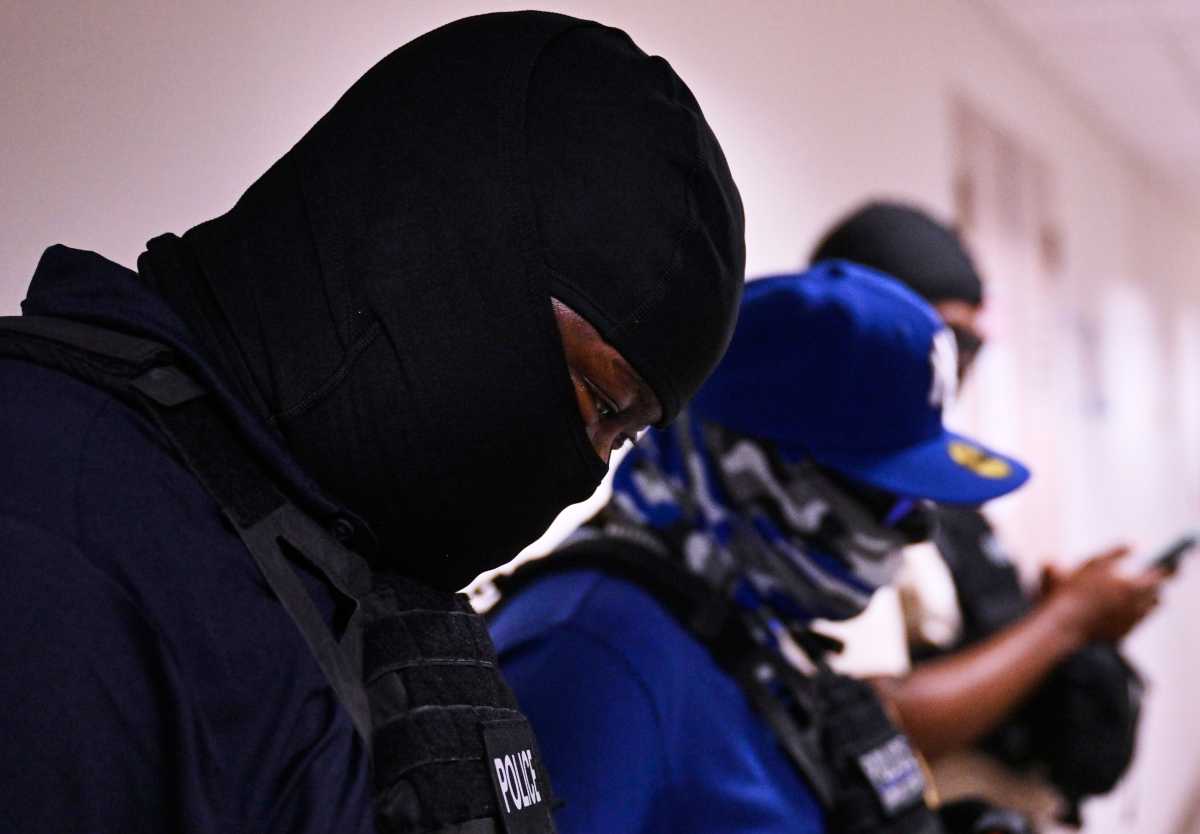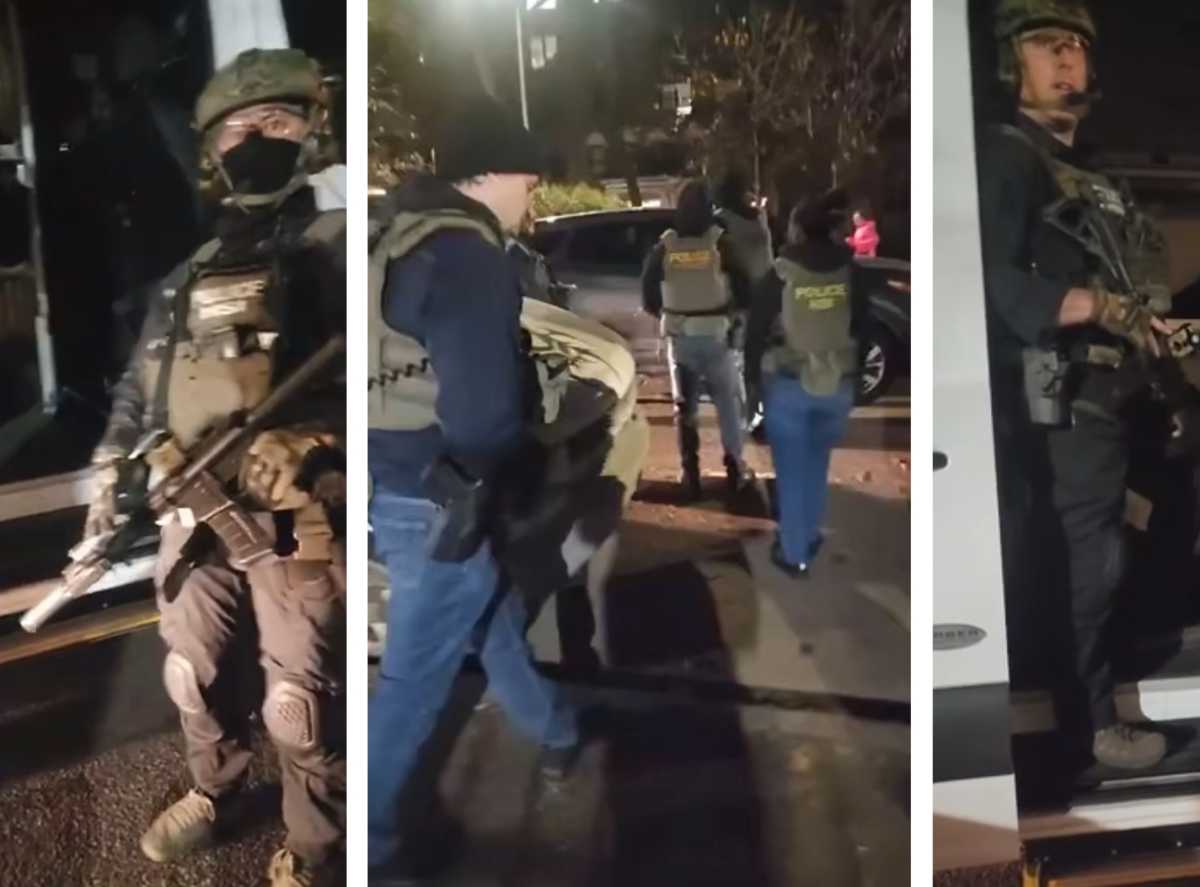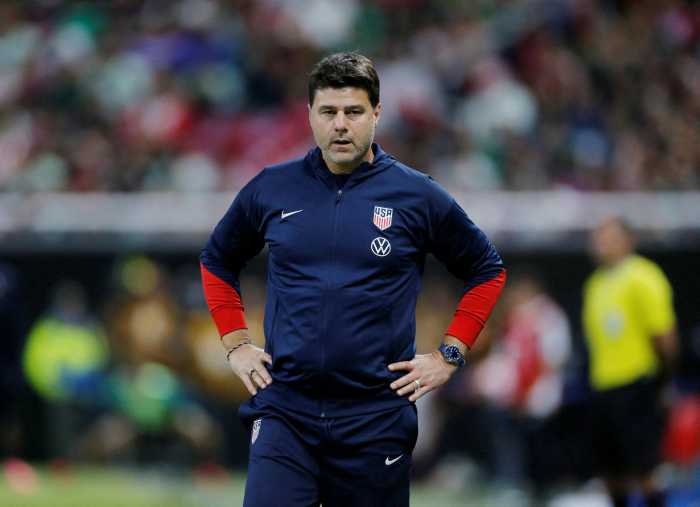By Bill Parry
The city’s Department of Transportation celebrated an unprecedented expansion of protected bike lanes this year with a record 25 miles constructed this year, a 38 percent increase over last year’s total of 18 miles. City officials and street safety advocates hailed the additional mileage within New York City’s growing 1,190-mile bicycle network.
“My helmet if off to the DOT planning and construction crews that have this year shattered records with 25 miles of new protected bike lanes, part of the largest bicycle network in North America,” DOT Commissioner Polly Trottenberg said. “Twenty years ago the city took a big step forward with its first plan to build a bike lane network, and cycling is now growing by orders of magnitude, faster than any other mode of transportation in the city.”
Trottenberg noted that the de Blasio administration has committed to doubling cycling citywide by 2020.
“We look forward to working with the Department of Transportation not only to secure a year-over-year expansion of this life-saving infrastructure, but to ensure that one day soon every New Yorker will live within a quarter-mile of a protected bike lane,” Transportation Alternatives Executive Director Paul Steely White said.
In Queens, DOT built a new protected bike lane on 111th Street along the western edge of Flushing Meadow Corona Park. The agency also completed the third phase of the transformation of Queens Boulevard, which has now gone more than three years without a pedestrian or cyclist fatality, according to the DOT.
“That is such wonderful news,” street safety activist Lizi Rahman said. “Everything works, all of the safety measures together with the bike lane and that gives people such a relief. It makes them feel safer.”
Rahman is a Jamaica resident, but Queens Boulevard is close to her heart. In February 2008, her 22-year-old son Asif, a poet and photographer, was riding his bike to work on Queens Boulevard when he swerved to avoid a double-parked car and was struck and killed by a truck. When she went to the scene of the deadly collision on the boulevard’s service road at 55th Road in Elmhurst, Rahman was “shocked and surprised” to see there was no bike lane on the thoroughfare, which had six lanes in each direction.
“I truly believed that day that if there was a bike lane along Queens Boulevard my son would still be alive,” Rahman said in 2016. “From that day on I did everything I could to get a bike lane, so that no other mother would feel that pain. I began my advocacy for a bike lane in 2008.”
In May, she introduced Mayor Bill de Blasio as he announced plans for Phase III of the project, from Eliot Avenue in Rego Park to Yellowstone Boulevard in Forest Hills,, and she praised him for putting the transformation into action.
“I almost gave up several years ago, but we got a big boost when Mayor de Blasio came to office,” she said. “All the years of negativity and pessimism were replaced by action.”
Last week, Rahman was brought to tears as she remembered her son Asif.
“He was my star. He was never a number or a statistic, he was my son,” she said. “I just wanted to make sure other mothers didn’t lose their son like I did.”
Rahman is also well aware that businesses have been affected by the loss of 198 parking spaces in Phase III of the project, and that businesses in Sunnyside objected to the potential loss of 158 parking spots in an initial proposal by the DOT to bring protected bike lanes to Skillman Avenue and 43rd Avenue.
“I hear all these complaints, I do.” Rahman said. “But they must understand. It could be one of these business owners losing their son, their daughter, or maybe one of their grandchildren. Until it happens to your own family, you can never understand the pain. You have to save lives. There’s nothing more important than that and they should be more open to these plans.”


